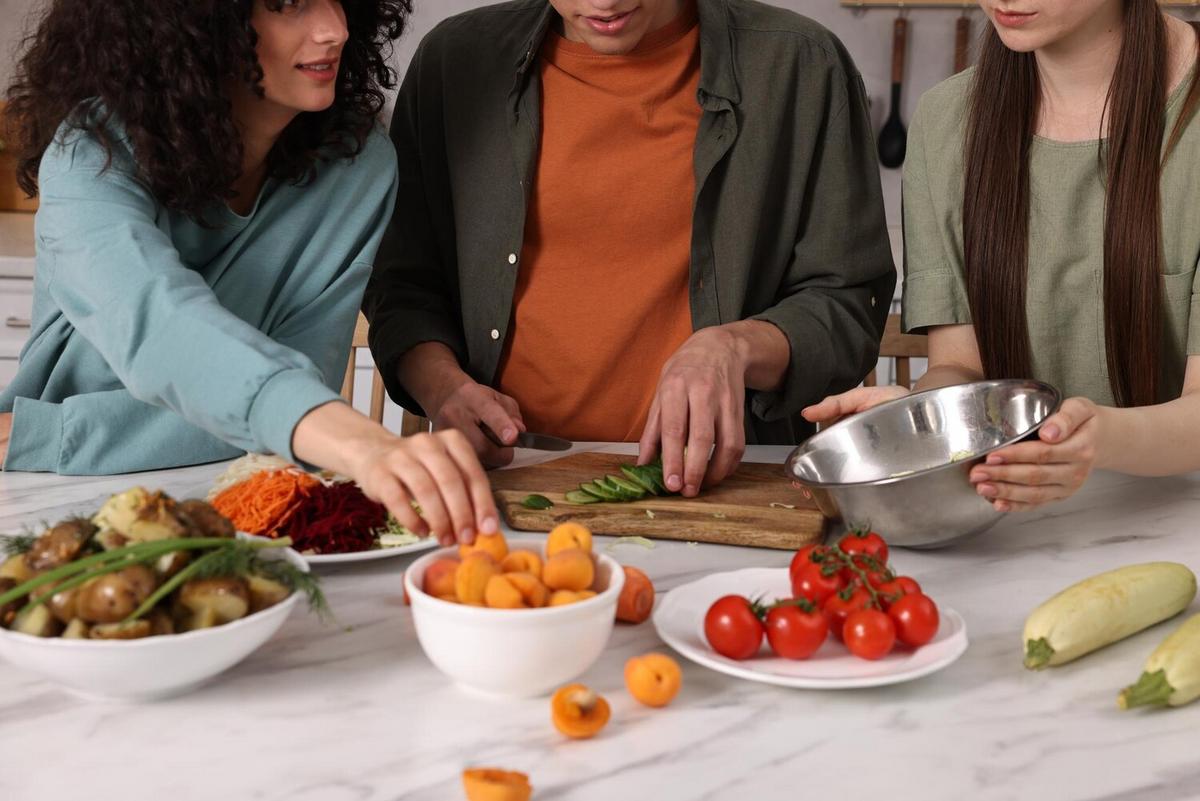
Are You Cooking with the Right Oils?
Are you cooking with the right oils? With the wide array of cooking oils available today, it can be overwhelming to choose the best one for your needs. From olive oil to coconut oil, each type has its own set of benefits and potential drawbacks. In this blog post, we’ll dive deep into the world of cooking oils, providing expert insights, research findings, and practical advice to help you make informed decisions in your kitchen.
The Importance of Choosing the Right Cooking Oil
Choosing the right cooking oil is crucial for both your health and the flavor of your dishes. Different oils have varying smoke points, nutritional profiles, and culinary uses. Using the wrong oil can result in burnt food, off flavors, and even harmful compounds.
Expert Opinions
Dr. Lisa Young, a nutrition expert, explains, “The type of oil you use can significantly impact your health. For instance, oils high in saturated fats can contribute to heart disease, whereas oils rich in unsaturated fats can have protective effects.”
Statistics and Research Findings
According to the American Heart Association, replacing saturated fats with unsaturated fats can reduce the risk of heart disease by up to 30%. Additionally, a study published in the Journal of Nutrition found that olive oil consumption is linked to a reduced risk of cardiovascular diseases.
Personal Anecdotes
For years, I used vegetable oil for most of my cooking. However, after learning about the health benefits of olive oil, I made the switch. Not only did my dishes taste better, but I also felt more confident about the nutritional value of my meals.
Actionable Tips
- Know Your Smoke Points: Oils with high smoke points, like avocado oil, are ideal for frying, while oils with lower smoke points, like flaxseed oil, are best for drizzling over salads.
- Check the Labels: Look for oils that are cold-pressed or extra-virgin, as these methods preserve more nutrients.
- Store Properly: Keep oils in a cool, dark place to prevent them from going rancid.
Comparison Table of Popular Cooking Oils
| Oil Type | Smoke Point (°F) | Fat Composition | Best Uses |
|---|---|---|---|
| Olive Oil | 375-405 | Monounsaturated | Sautéing, salad dressings |
| Coconut Oil | 350 | Saturated | Baking, frying |
| Canola Oil | 400 | Monounsaturated | Frying, baking |
| Avocado Oil | 520 | Monounsaturated | Frying, roasting |
| Flaxseed Oil | 225 | Polyunsaturated | Salad dressings, drizzling |
| Sunflower Oil | 450 | Polyunsaturated | Frying, baking |
| Peanut Oil | 450 | Monounsaturated | Deep frying |
| Sesame Oil | 410 | Polyunsaturated | Stir-frying, dressings |
Frequently Asked Questions
FAQ
Q: Can I reuse cooking oil?
A: It’s generally not recommended to reuse cooking oil multiple times as it can degrade and produce harmful compounds.
Q: What’s the healthiest oil for cooking?
A: Olive oil is often considered one of the healthiest options due to its high monounsaturated fat content and low levels of saturated fats.
Q: How can I tell if oil has gone bad?
A: Rancid oil often has an unpleasant smell and taste. It’s best to store oils in a cool, dark place to extend their shelf life.
Conclusion
In summary, choosing the right cooking oil is essential for both your health and culinary success. By understanding the properties and best uses of various oils, you can make informed choices that enhance your cooking and well-being. So, next time you reach for that bottle of oil, think about its smoke point, nutritional profile, and how it fits into your overall diet. Happy cooking!


